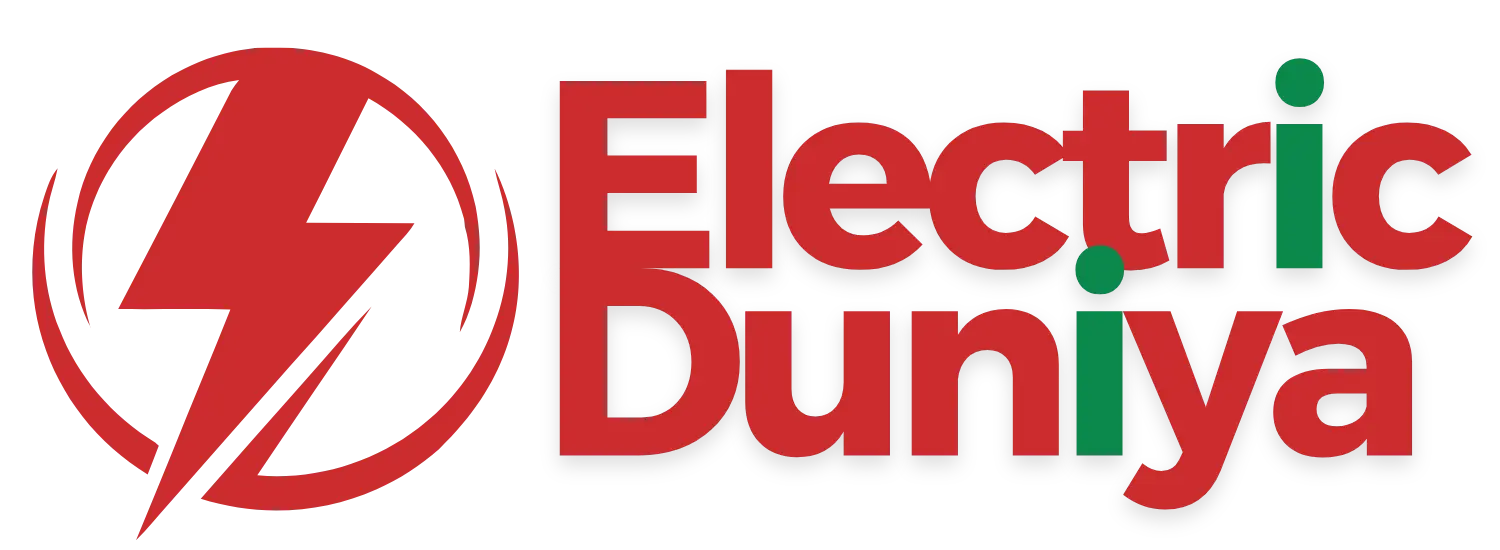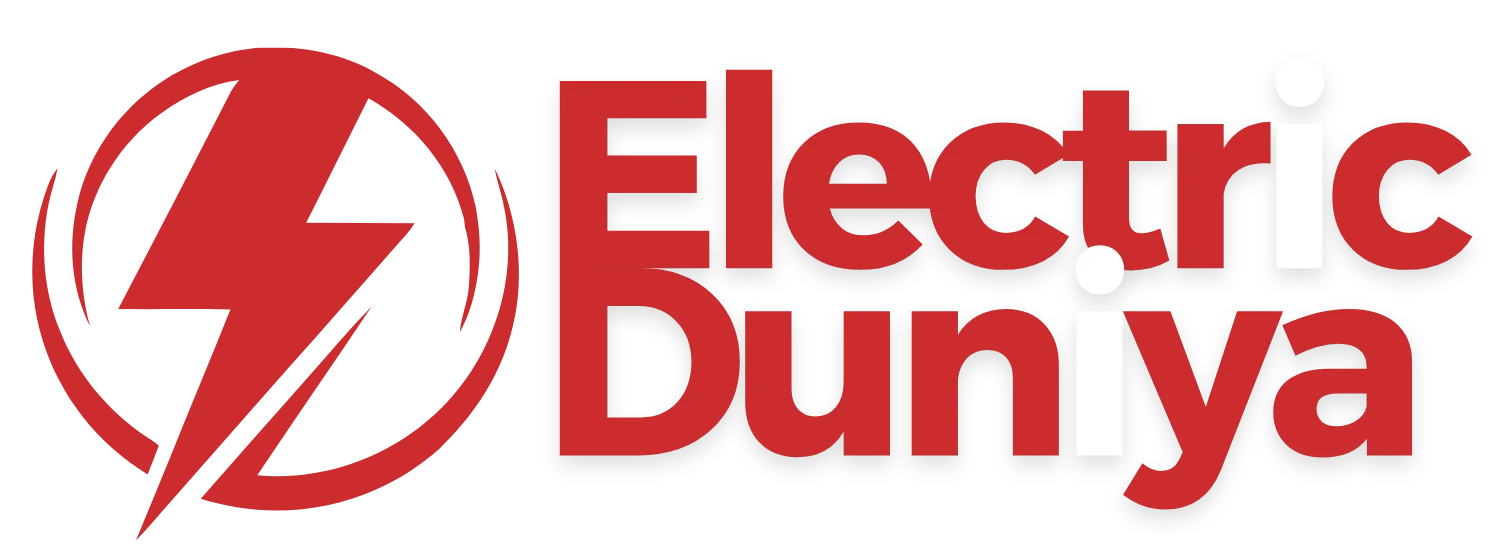Busbar
A busbar is a conductive metallic strip or bar used to distribute electrical power within a system. In electric vehicles (EVs), busbars streamline high-current transmission between battery cells, power electronics, and drive components with minimal resistance and heat loss.
Overview
In the context of electric vehicles, busbars play a pivotal yet often overlooked role in the overall efficiency and safety of power distribution. These robust conductors—typically made of copper or aluminum—are engineered to handle high currents while maintaining compactness and reliability within the EV’s tightly integrated electrical architecture.
Traditionally used in industrial power systems, busbars are now increasingly replacing traditional wire harnesses in EVs due to their superior electrical conductivity, thermal management, and packaging flexibility. As EV battery packs and powertrain systems grow more complex and powerful, busbars offer a scalable, low-impedance solution for routing large amounts of electricity across high-voltage systems with precision.
Their application in electric vehicles is not just about conducting power—it’s about enhancing energy efficiency, reducing thermal stress, and supporting compact, modular vehicle designs optimized for performance and longevity.
How Does It Work?
A busbar functions by offering a low-resistance path for electric current to flow between various components in an EV’s electrical system. Here’s a closer look at its technical operation:
-
Conductive Pathway:
Busbars act as central nodes or distribution backbones within the electrical circuit. They connect components such as battery cells, inverters, power distribution units (PDUs), and motor controllers, often replacing bundles of wires.
-
Thermal and Electrical Optimization:
Because of their wide, flat profile, busbars dissipate heat more efficiently than cables. This reduces the risk of overheating in high-current zones like battery modules or charging interfaces.
-
Precision Manufacturing:
Laser-welded or press-formed busbars ensure tight tolerances and secure connections, which are essential for maintaining consistent voltage levels, especially in high-voltage EV platforms (400V–800V systems).
-
Insulation and Protection:
To prevent arcing or electrical faults, busbars are coated with insulation materials like epoxy, PET, or heat-shrink sleeves—offering both safety and compact packaging in dense EV environments.
The result is a high-performance, durable, and thermally stable electrical transmission system crucial for maintaining consistent EV operation.
Features of Busbar
-
High Current Capacity with Low Resistance
Busbars are designed to carry substantial current loads without significant voltage drop. This enables efficient energy transfer from the battery to the drivetrain, minimizing energy losses and improving overall system efficiency.
-
Compact and Lightweight Design
Compared to wire harnesses, busbars reduce the volume and weight of electrical distribution systems. This space-saving advantage supports tighter EV packaging and helps reduce total vehicle weight, enhancing range and performance.
-
Enhanced Thermal Management
Due to their surface area and material composition, busbars naturally dissipate heat better than bundled wires. This thermal advantage ensures greater stability during fast charging, heavy acceleration, and regenerative braking.
Each of these attributes contributes to performance optimization, thermal safety, and design modularity—three critical pillars in modern electric vehicle engineering.
Applications in EV
Busbars serve a variety of high-impact functions in electric vehicle systems:
-
Battery Interconnects:
Busbars connect individual battery cells and modules, enabling consistent current distribution across the entire pack. They are often designed in laminated or flexible forms to accommodate cell layout and minimize inductance.
-
High-Voltage Power Distribution Units (PDUs):
Within PDUs, busbars efficiently route electricity from the battery to the inverter, on-board charger, and DC-DC converter—facilitating seamless operation across subsystems.
-
Fast Charging Interfaces:
As EVs adopt ultra-fast charging capabilities, busbars help manage the surge of high currents during DC fast charging sessions while maintaining thermal safety and structural integrity.
-
Inverter and Motor Control Units:
Busbars are used to transfer current from the inverter to the electric motor, allowing precise torque delivery with minimal transmission loss—critical for high-performance EVs and electric sports cars.
-
Auxiliary Systems (HVAC, e-compressors, etc.):
Even auxiliary systems benefit from busbar architecture, especially in high-voltage environments where consistent power delivery is needed without overburdening wiring infrastructure.
These applications underscore the strategic importance of busbars in modern EV platforms where compactness, reliability, and performance are non-negotiable.
Conclusion
The busbar may not be the most visible component in an electric vehicle, but it’s undoubtedly one of the most essential. By enabling efficient, reliable, and thermally optimized power distribution, busbars support the core objectives of EV design: performance, safety, and sustainability.
As electric mobility continues to evolve—embracing higher voltages, faster charging, and modular battery architectures—busbars will remain at the heart of that progression. Their silent but powerful role ensures that energy flows efficiently from source to system, advancing the reliability and scalability of next-generation electric vehicles.

